Home>Furniture>Outdoor Furniture>What Are The Little Red Mites On My Patio
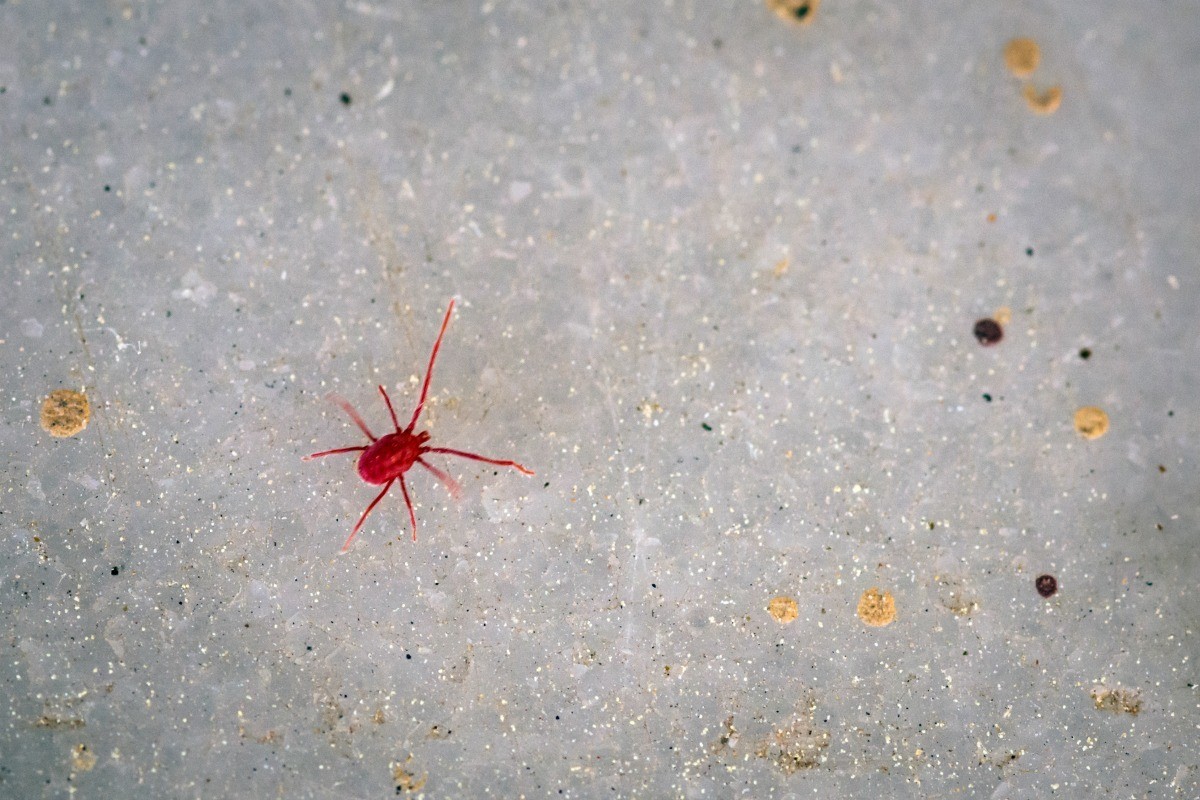

Outdoor Furniture
What Are The Little Red Mites On My Patio
Modified: March 7, 2024
Discover what those little red mites on your patio are and how to get rid of them. Protect your outdoor furniture from these pesky creatures.
(Many of the links in this article redirect to a specific reviewed product. Your purchase of these products through affiliate links helps to generate commission for Storables.com, at no extra cost. Learn more)
Introduction
When it comes to enjoying your outdoor patio, the last thing you want is an infestation of little red mites. These tiny creatures can quickly become a nuisance, making it difficult to relax and enjoy your outdoor space. But don’t worry, in this article, we will explore what these little red mites are, how to identify them, and most importantly, how to get rid of them.
Little red mites, also known as clover mites or spider mites, are small arachnids that belong to the Tetranychidae family. Despite their name, they are not actually spiders. These tiny pests are often reddish-brown in color and are commonly found crawling around patios and other outdoor surfaces.
Understanding the behavior and habits of little red mites is crucial when it comes to dealing with an infestation. These mites are typically active during the spring and fall months when temperatures are moderate. They thrive in warm and humid environments, making your patio the perfect breeding ground for their population.
Identifying little red mites is relatively easy, as they have distinctive features. These mites are very small, measuring only about 0.75 mm in length. They have oval-shaped bodies and eight legs, which distinguish them from other pests commonly found in outdoor areas. When squished, little red mites leave behind a reddish-brown stain, which can stain surfaces if not promptly cleaned.
As with any pest infestation, prevention is key when it comes to dealing with little red mites on your patio. Understanding the factors that attract these pests can help you take proactive measures to keep them at bay. Little red mites are attracted to areas with dense vegetation, particularly clover, grass, and other plants. They also thrive in areas with excessive moisture or humidity.
Besides being a nuisance, little red mites can pose several risks and concerns for both humans and pets. While they do not bite or spread diseases, their presence can trigger allergic reactions in some individuals. Additionally, their population can quickly multiply and infest nearby plants, causing damage and discoloration.
Now that we have covered the basics, let’s dive into how you can prevent and control little red mite infestations on your patio. Stay tuned for the next section, where we will explore natural remedies and effective control measures to help you reclaim your outdoor space.
Key Takeaways:
- Keep your patio mite-free by trimming vegetation, maintaining cleanliness, and addressing moisture issues. Natural remedies like water sprays and neem oil can help control mite populations without harsh chemicals.
- Understanding little red mites’ behavior and using preventive measures like sealing cracks and using physical barriers can help maintain a comfortable and pest-free outdoor space. Natural remedies and chemical control options offer effective solutions for managing mite infestations.
Understanding the Little Red Mites
To effectively control and eliminate little red mites from your patio, it’s essential to gain a deeper understanding of these pests and their characteristics. Despite their small size, these mites can cause significant frustration and annoyance for homeowners.
Little red mites, scientifically known as Bryobia praetiosa, are a common species of clover mite found in many parts of the world. They are most active during the spring and fall seasons, when temperatures are favorable for their reproduction and development. These mites thrive in warm and humid environments, making outdoor patios an ideal breeding ground for them.
One of the distinguishing features of little red mites is their reddish-brown color. They measure about 0.75 mm long and have an oval-shaped body. These mites are also equipped with eight legs, which differentiates them from other common pests found in outdoor spaces. When crushed or squished, they leave behind a reddish-brown stain, which can be a persistent nuisance for homeowners.
Little red mites are known for their ability to reproduce rapidly, especially in conducive conditions. Females can lay up to 70 eggs in their lifetime, with each egg maturing into an adult within a few weeks. This fast life cycle allows their population to grow exponentially, leading to infestations if left unchecked.
These mites primarily feed on plant sap, using their piercing-sucking mouthparts to extract nutrients from various plant species. Their preferred hosts include clover, grass, and other vegetation commonly found in outdoor areas. When food sources are scarce, little red mites can migrate into homes, seeking shelter and sustenance.
Although little red mites do not pose a direct threat to humans or pets, their presence can cause several issues. The most common problem associated with these mites is their ability to trigger allergic reactions in sensitive individuals. When crushed or disturbed, they release histamines, which can irritate the skin and respiratory system, leading to symptoms such as itching, redness, and sneezing.
Furthermore, little red mites can cause damage to plants if their population becomes excessive. High numbers of mites feeding on plant sap can result in stunted growth, leaf discoloration, and even the death of vegetation. This can be particularly concerning for homeowners who take pride in maintaining healthy and vibrant outdoor spaces.
Now that we have gained a better understanding of little red mites and their characteristics, we can move on to identifying these pesky creatures and learning more about their behavior and habits. Stay tuned for the next section, where we will delve deeper into these topics and provide valuable insights for effectively managing little red mites on your patio.
Identifying Little Red Mites
In order to effectively deal with little red mites on your patio, it is important to be able to accurately identify them. These tiny pests have distinct features that set them apart from other common outdoor creatures.
Little red mites, also known as clover mites or spider mites, are small arachnids belonging to the Tetranychidae family. They measure approximately 0.75 mm in length, making them barely visible to the naked eye. Their bodies are oval-shaped and usually reddish-brown in color.
One of the key identifying features of little red mites is their eight legs, which distinguish them from insects that typically have six legs. These mites move quite rapidly and are often found crawling on various surfaces, including patios, windowsills, and walls.
When crushed or squished, little red mites leave behind a reddish-brown smear. This can be an unsightly mess and may stain surfaces if not promptly cleaned. However, it is important to note that these mites are harmless to humans and pets and do not transmit any diseases.
In addition to their physical appearance, another way to identify little red mites is by observing their behavior. These mites are most active during the spring and fall seasons when temperatures are moderate. They thrive in warm and humid environments, which is why they are commonly found on outdoor patios.
Little red mites are attracted to areas with dense vegetation, particularly clover, grass, and other plants. They feed on plant sap by piercing the plant cells with their mouthparts and extracting the nutrients. As a result, infestations may be more prevalent in areas where these plants are abundant.
It is important to note that little red mites and chiggers are often confused with each other due to their similarities in appearance. However, there are some key differences between the two. Little red mites are generally larger in size, have a reddish-brown color, and move more quickly. Chiggers, on the other hand, are smaller, usually have a bright red color, and are sluggish in their movements.
By being able to accurately identify little red mites, you can take appropriate measures to control and prevent their infestation on your patio. In the next section, we will explore the behavior and habits of these mites, which will further aid in managing their presence effectively. Stay tuned!
Behavior and Habits of Little Red Mites
Understanding the behavior and habits of little red mites is essential when it comes to effectively managing and controlling their presence on your patio. These tiny pests have specific patterns and tendencies that can help you implement appropriate prevention and eradication methods.
Little red mites are most active during the spring and fall seasons when temperatures are moderate. They thrive in warm and humid environments, making outdoor patios an ideal habitat for them. These mites tend to gather in large numbers in areas with dense vegetation, particularly clover, grass, and other plants.
One of the key behaviors of little red mites is their tendency to congregate in sunny areas and move towards areas with shade. They prefer to avoid direct sunlight and will seek shelter in cracks, crevices, and other protected spots when temperatures rise. This is why they are commonly found on windowsills, walls, and other shaded areas of patios.
Little red mites are not known for their flying ability. Instead, they rely on their eight legs to move around. These mites can crawl quite quickly, which allows them to traverse various outdoor surfaces. They can easily enter your patio through cracks, gaps, and openings, making it challenging to keep them out.
When it comes to feeding, little red mites primarily rely on plant sap for nutrition. They use their piercing-sucking mouthparts to rupture plant cells and extract the sap. This feeding behavior can cause damage to plants, resulting in stunted growth, discoloration, and even the death of the vegetation if left unchecked.
Reproduction is another vital aspect of the behavior of little red mites. Females can lay up to 70 eggs in their lifetime, and these eggs can mature into adults within a few weeks, depending on environmental conditions. This rapid lifecycle allows their population to grow rapidly, making infestations a common occurrence if preventative measures are not taken.
It is important to note that while little red mites do not pose a direct threat to humans or pets, their presence can cause irritation and allergic reactions in some individuals. When crushed or disturbed, they release histamines, which can trigger symptoms such as itching, redness, and sneezing.
To effectively manage little red mites on your patio, it is crucial to implement preventive measures and address any existing infestations. In the next sections, we will explore the factors that attract little red mites to patios and discuss prevention and control measures. Stay tuned!
Factors Attracting Little Red Mites to Patios
Understanding the factors that attract little red mites to your patio is crucial when it comes to preventing and controlling their infestation. By addressing these factors, you can significantly reduce the likelihood of these pests becoming a nuisance in your outdoor space.
1. Vegetation: Little red mites are attracted to areas with dense vegetation, particularly clover, grass, and other plants. These mites feed on plant sap and thrive in environments where suitable food sources are abundant. If your patio has an abundance of clover or other vegetation, it may attract these mites.
2. Moisture and Humidity: Little red mites prefer warm and humid environments. Excessive moisture on your patio, whether from watering plants or poor drainage, can create a conducive habitat for these pests. It is important to address any moisture issues and ensure proper ventilation to discourage their presence.
3. Shaded Areas: Little red mites tend to avoid direct sunlight and seek shelter in shaded areas. This is why they are commonly found on windowsills, walls, and other protected spots. If your patio has plenty of shaded areas, especially near vegetation, it may attract these mites.
4. Cracks and Openings: Little red mites can enter your patio through small cracks, gaps, and openings. It is important to seal any potential entry points to prevent their access. Regularly inspect your patio for any cracks or gaps and seal them using caulk or weatherstripping.
5. Chemical Signals: Little red mites can be attracted to patios that have previously been infested by mites or other pests. Chemical signals left behind by these pests can attract new mites to the area. If you have had previous encounters with little red mites, it is important to thoroughly clean and treat the affected areas to remove any lingering signals.
To minimize the factors that attract little red mites, there are several proactive measures you can take:
– Regularly trim and maintain vegetation around your patio to reduce potential food sources for these mites.
– Ensure proper drainage to prevent excessive moisture buildup on your patio.
– Trim overhanging branches and foliage to minimize shaded areas.
– Keep your patio clean and free of debris to eliminate potential hiding spots.
– Seal any cracks, gaps, or openings to prevent mites from entering.
By addressing these factors and implementing preventive measures, you can significantly reduce the likelihood of little red mites infesting your patio. In the next section, we will discuss potential risks and concerns associated with these pests. Stay tuned!
To get rid of little red mites on your patio, try spraying a mixture of water and dish soap on the affected areas. This can help to suffocate and eliminate the mites.
Read also: 11 Amazing My Little Steamer for 2024
Potential Risks and Concerns
While little red mites may not pose a direct threat to humans and pets, their presence can still lead to several risks and concerns. Understanding these potential issues is important for taking appropriate measures to address and manage infestations on your patio.
1. Allergic Reactions: Little red mites can trigger allergic reactions in some individuals. When crushed or disturbed, they release histamines, which can irritate the skin and respiratory system, leading to symptoms such as itching, redness, and sneezing. Those with respiratory conditions or sensitivities may be particularly susceptible to these reactions.
2. Plant Damage: Little red mites primarily feed on plant sap, using their piercing-sucking mouthparts to extract nutrients. If their population becomes excessive, these mites can cause extensive damage to vegetation. They can result in stunted growth, leaf discoloration, and even the death of plants if not effectively controlled.
3. Staining: When crushed, little red mites leave behind a reddish-brown stain. If not promptly cleaned, these stains can permeate surfaces, causing unsightly discoloration. Patio furniture, walls, and other outdoor structures may be susceptible to staining if infestations occur.
4. Potential Infestation Spreading: Little red mites have the ability to migrate from outdoor areas into homes. If they have infested your patio, they may make their way indoors through cracks, gaps, and openings, seeking shelter and sustenance. Once inside, they can further establish their presence and pose a potential infestation risk.
While the risks associated with little red mites are not severe compared to other pests, it is important to address infestations in a timely manner. Swift action can prevent further damage to plants and minimize the potential for allergic reactions or staining in your outdoor space.
In the next sections, we will explore preventive measures and effective control options to help you manage and eliminate little red mite infestations on your patio. Stay tuned!
Prevention and Control Measures for Little Red Mites
Preventing and controlling little red mites on your patio is crucial to maintain a comfortable and pest-free outdoor space. By implementing preventive measures and effective control strategies, you can minimize the risk of infestations and manage the presence of these tiny pests.
1. Maintain Cleanliness: Keeping your patio clean and free of debris is an essential step in preventing little red mite infestations. Regularly sweep or vacuum the area to remove fallen leaves, grass clippings, and other organic matter that can serve as potential hiding spots and food sources for these pests.
2. Trim Vegetation: Trimming and maintaining vegetation around your patio can help reduce the attractiveness of your outdoor space to little red mites. Regularly cut back overgrown plants, especially those that are in close proximity to your patio, to limit their potential as a food source and harborage area for these mites.
3. Proper Drainage: Ensure proper drainage on your patio to prevent the buildup of moisture, which can create a favorable environment for little red mites. Avoid overwatering plants and fix any leaks or drainage issues that may lead to standing water or excessive humidity.
4. Sealing Cracks and Openings: Seal any cracks, gaps, or openings in your patio to prevent little red mites from entering. Use caulk or weatherstripping to seal gaps around windows, doors, and other potential entry points. Pay particular attention to areas where utility lines or plumbing enter your patio.
5. Use Physical Barriers: Install physical barriers, such as fine mesh netting, around your patio to deter little red mites from accessing the area. This can be especially useful if you have a persistent mite problem or if nearby vegetation continually attracts them to your patio.
6. Natural Predators: Encourage the presence of natural predators, such as ladybugs and lacewings, that feed on little red mites. Planting flowers and herbs that attract these beneficial insects can help control mite populations naturally.
7. Chemical Control: If preventive measures are not sufficient or if you are dealing with a severe infestation, you may consider using chemical control options. Insecticidal soaps and horticultural oils specifically formulated for mite control can be effective in reducing mite populations. Always follow the instructions on the insecticide label and use caution to avoid any harm to beneficial insects, pets, or yourself.
By incorporating these prevention and control measures, you can significantly reduce the presence of little red mites on your patio. However, it is important to note that persistent or severe infestations may require professional assistance. Consulting with a pest control expert can help you develop a customized plan to effectively manage mite populations and protect your outdoor space.
Now that we have discussed prevention and control measures, let’s explore natural remedies and chemical control options in the following sections. Stay tuned!
Natural Remedies for Getting Rid of Little Red Mites
If you prefer to use natural methods to eliminate little red mites from your patio, there are several effective remedies you can try. These natural solutions are safe, eco-friendly, and can help control mite populations without the use of harsh chemicals. Here are some natural remedies to consider:
1. Water Spray: Regularly spraying your patio with a strong jet of water can physically dislodge mites from surfaces and prevent them from establishing colonies. Focus on areas where mites are commonly found, such as windowsills, walls, and vegetation. Repeat this method as needed to keep their numbers in check.
2. Neem Oil: Neem oil is a natural product derived from the neem tree and has insecticidal properties. Dilute neem oil according to the instructions on the product label and spray it on infested areas. Neem oil works by suffocating and repelling the mites, helping to control their population over time.
3. Essential Oils: Certain essential oils have repellent properties that can deter little red mites. Peppermint, tea tree, and eucalyptus oils are known to be effective. Mix a few drops of the desired essential oil with water and spray it around your patio, focusing on areas where mites are prevalent.
4. Diatomaceous Earth: Diatomaceous earth is a natural substance made from fossilized diatoms. Its microscopic sharp edges can pierce the exoskeletons of mites and dehydrate them. Sprinkle diatomaceous earth around areas where mites congregate, such as windowsills and walls. Be careful not to inhale the powder, as it can be irritating to the respiratory system.
5. Garlic Spray: Create a homemade garlic spray by blending garlic cloves with water. Let the mixture sit overnight and strain it before pouring it into a spray bottle. Garlic contains sulfur compounds that are known to repel mites. Spray the mixture around your patio, paying attention to foliage and potential hiding spots.
6. Predatory Insects: Encouraging the presence of natural predators can help control mite populations naturally. Ladybugs, lacewings, and predatory mites are beneficial insects that feed on mites. Introduce these predators to your patio by planting flowers and herbs that attract them or by purchasing them from a reputable supplier.
When using natural remedies, it is important to remember that they may require repeated applications and take time to show results. Additionally, it’s recommended to perform a patch test on plants or surfaces to ensure they do not have adverse reactions to the remedies.
While natural remedies can be effective in managing little red mite populations, it’s important to keep in mind that severe infestations may require the assistance of professional pest control services. These experts can provide targeted and more potent solutions to eliminate stubborn infestations.
In the next section, we will explore chemical control options for dealing with little red mites on your patio. Stay tuned!
Chemical Control Options
If you are facing a persistent or severe infestation of little red mites on your patio, chemical control options can offer more potent solutions. These options should be used with caution and according to the instructions on the product labels. Here are some chemical control options you can consider:
1. Acaricides: Acaricides are pesticides specifically formulated to target mites. These chemical compounds can effectively control mite populations by interfering with their nervous system or disrupting their ability to reproduce. It is important to choose acaricides that are labeled for use on mites and follow the application instructions carefully.
2. Insecticidal Soaps: Insecticidal soaps are made from fatty acids and are generally safe to use on plants and around your patio. They work by breaking down the protective coating of mites, causing dehydration and death. Apply insecticidal soap according to the label instructions, targeting the areas where mites are present.
3. Horticultural Oils: Horticultural oils, such as neem oil or dormant oil, can be effective in controlling little red mites. These oils suffocate mites by coating their bodies, ultimately leading to their demise. Dilute the oil according to the instructions and spray it on infested areas, ensuring to cover foliage and other hiding spots.
4. Pyrethroids: Pyrethroids are synthetic chemicals derived from natural compounds found in chrysanthemum flowers. They offer excellent control against mites and other pests. However, it is important to use pyrethroids with caution, as they can also harm beneficial insects and pollinators. Follow the label instructions and avoid applying them when beneficial insects are active.
5. Residual Sprays: Residual sprays create a chemical barrier that remains effective for an extended period. These sprays are applied to surfaces and create a protective shield against mites. Be sure to choose residual sprays that are labeled for mite control and follow the instructions regarding application and reapplication schedules.
Before using any chemical control option, it is important to perform a patch test on plants or surfaces to ensure they are not damaged by the products. Additionally, always follow the manufacturer’s instructions regarding application rates, timing, and safety precautions to protect yourself, pets, and the environment.
While chemical control options can be effective in eliminating little red mites, it’s important to remember that prevention and regular maintenance are key to avoiding future infestations. Implementing preventive measures and maintaining a clean and well-maintained patio can help reduce the need for chemical treatments.
If you are unsure about the appropriate chemical control option or if you are dealing with a severe infestation, it is recommended to consult with a professional pest control service. They can provide expert advice and tailor a treatment plan that suits your specific situation.
Now that we have covered chemical control options, let’s conclude the article in the next section.
Read more: What Kills Dust Mites In A Carpet
Conclusion
Dealing with little red mites on your patio can be a frustrating experience, but with the right knowledge and strategies, you can effectively prevent and control their presence. By understanding their behavior, identifying them accurately, and addressing the factors that attract them, you can create an environment that is less conducive to mite infestations.
Prevention is always better than cure, and maintaining cleanliness, trimming vegetation, ensuring proper drainage, and sealing cracks and openings are crucial steps in preventing little red mites from infiltrating your patio. By implementing these preventive measures, you can significantly reduce the chances of mite infestations.
If you do find yourself dealing with little red mites, natural remedies can offer effective solutions without the use of harsh chemicals. Water sprays, neem oil, essential oils, diatomaceous earth, garlic sprays, and encouraging the presence of predatory insects are all natural methods to control mite populations and restore balance to your outdoor space.
In cases of severe or persistent infestations, chemical control options may be necessary. Acaricides, insecticidal soaps, horticultural oils, pyrethroids, and residual sprays can help eliminate mites effectively. However, it is important to follow proper application procedures and consider the potential impact on beneficial insects and the environment.
Remember, maintaining a clean patio, implementing preventive measures, and being proactive in addressing mite infestations is crucial for long-term mite control. If you find that your efforts are not yielding satisfactory results, considering consulting with a professional pest control service to develop a customized plan.
Your patio is a space to relax and enjoy the outdoors, and with the right steps, you can reclaim it from little red mite infestations. By combining knowledge, prevention, and appropriate control measures, you can create a comfortable and mite-free environment that allows you to fully enjoy your outdoor living area.
Now armed with the information provided in this article, you can confidently tackle little red mites and restore your patio to its full potential.
Frequently Asked Questions about What Are The Little Red Mites On My Patio
Was this page helpful?
At Storables.com, we guarantee accurate and reliable information. Our content, validated by Expert Board Contributors, is crafted following stringent Editorial Policies. We're committed to providing you with well-researched, expert-backed insights for all your informational needs.
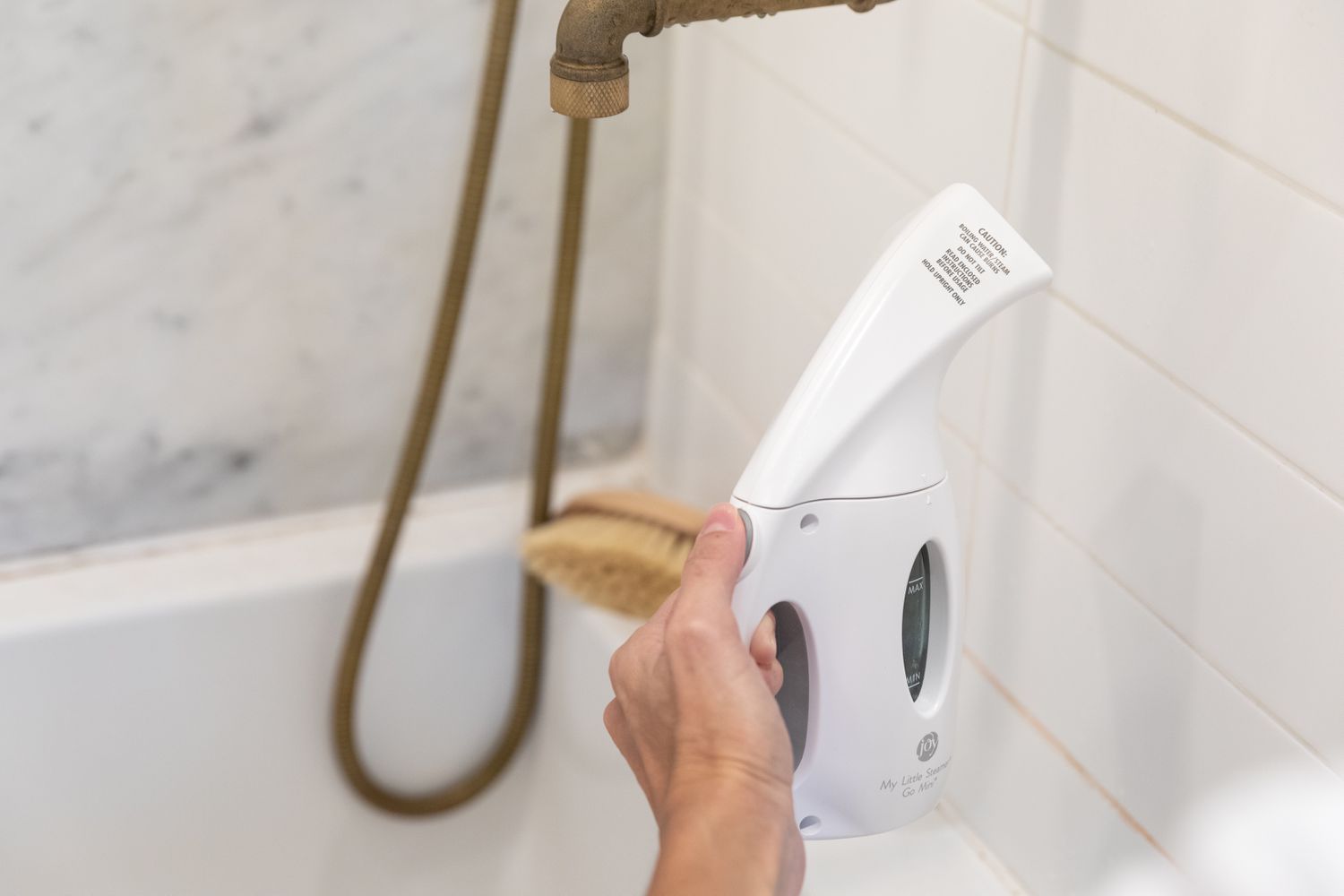



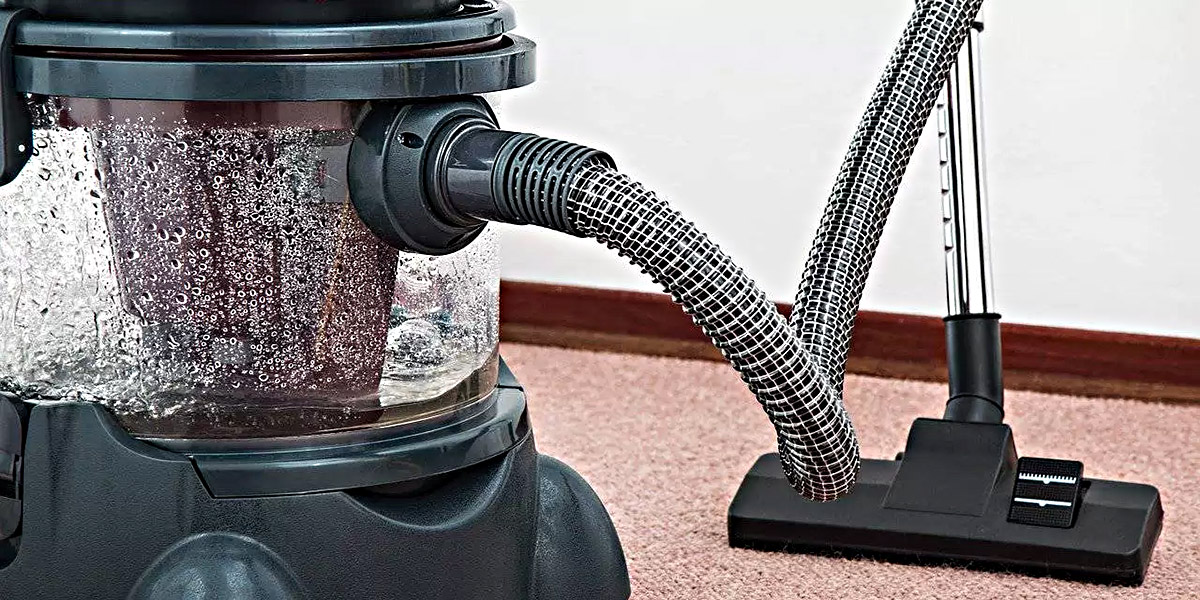

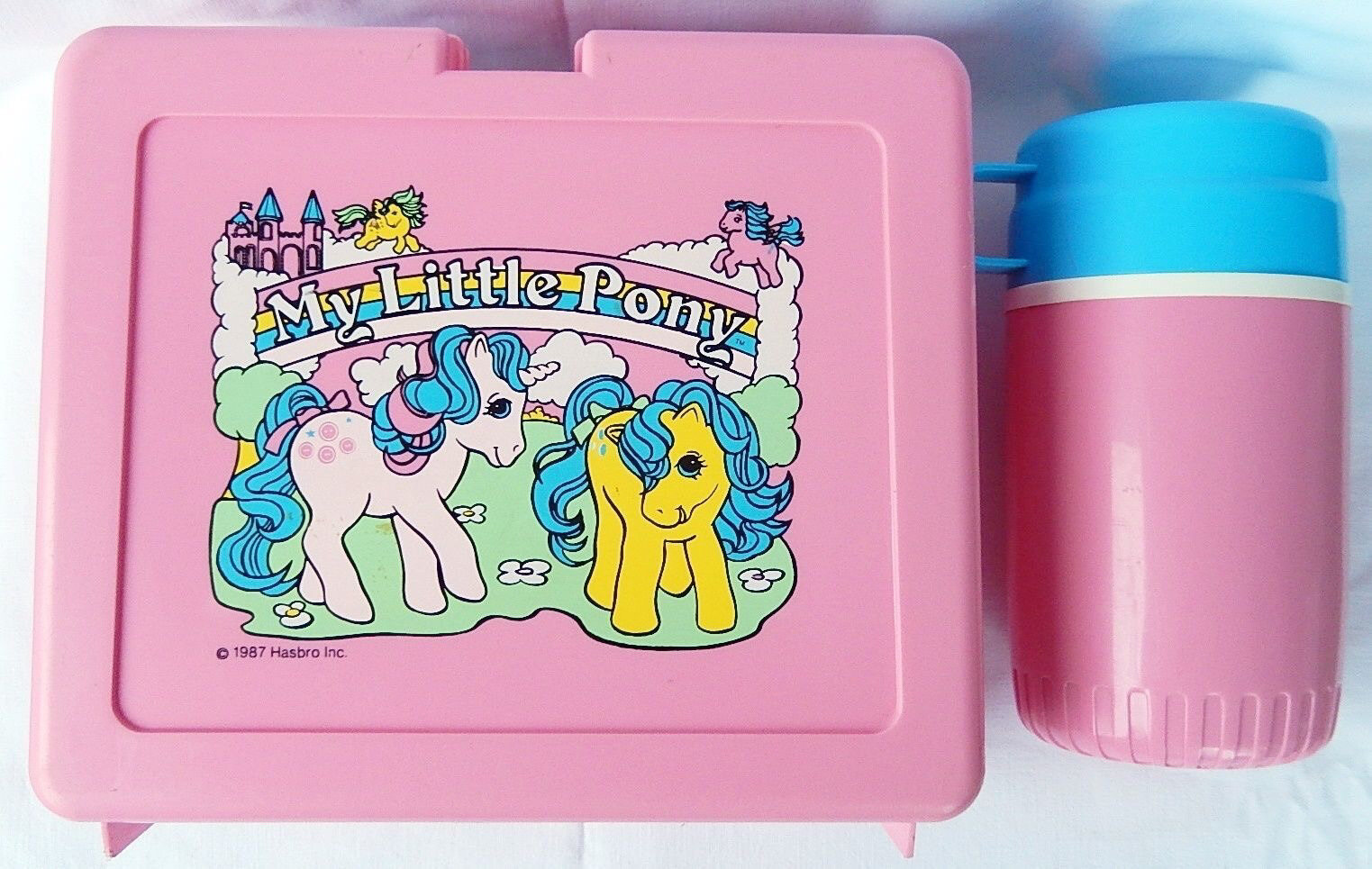
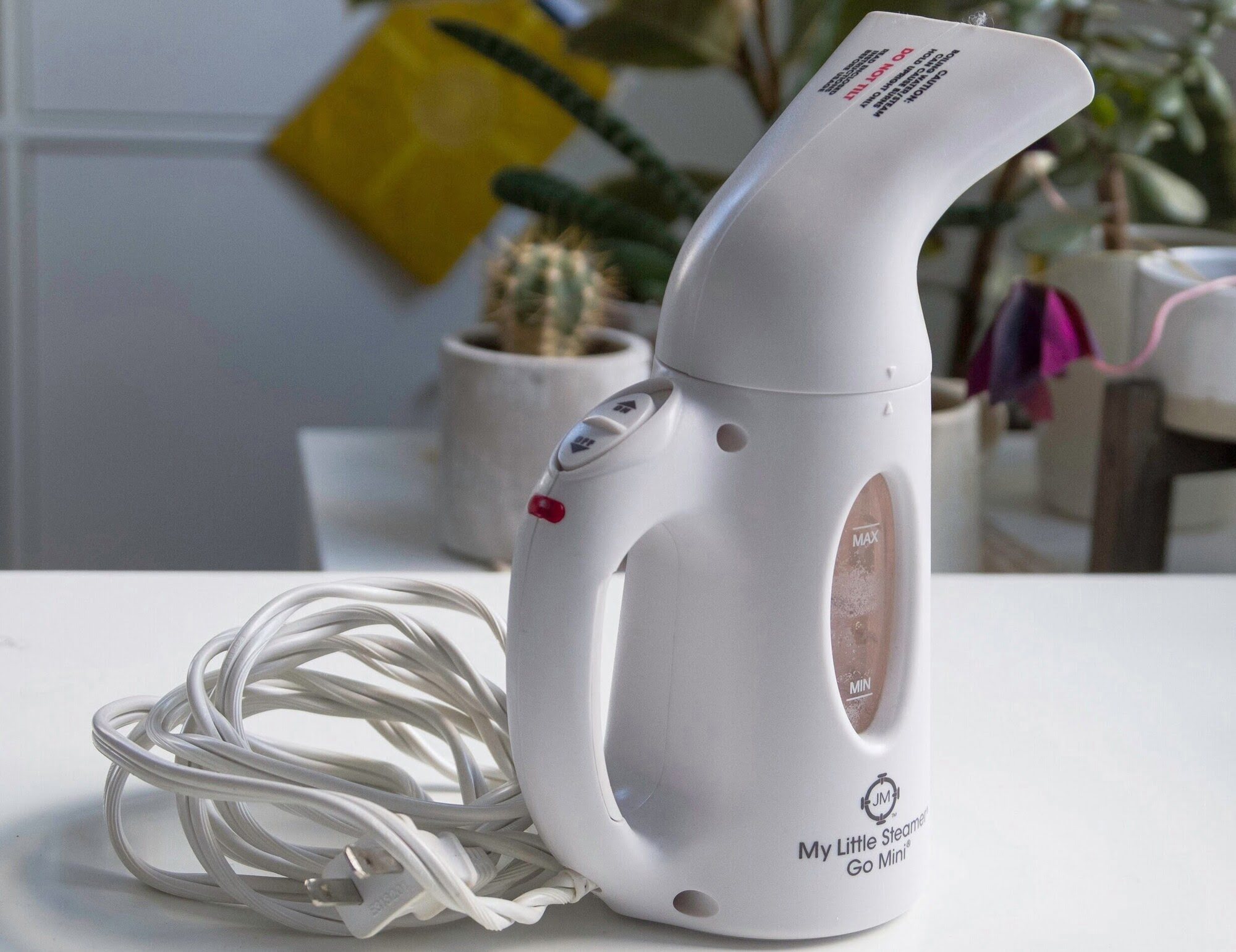
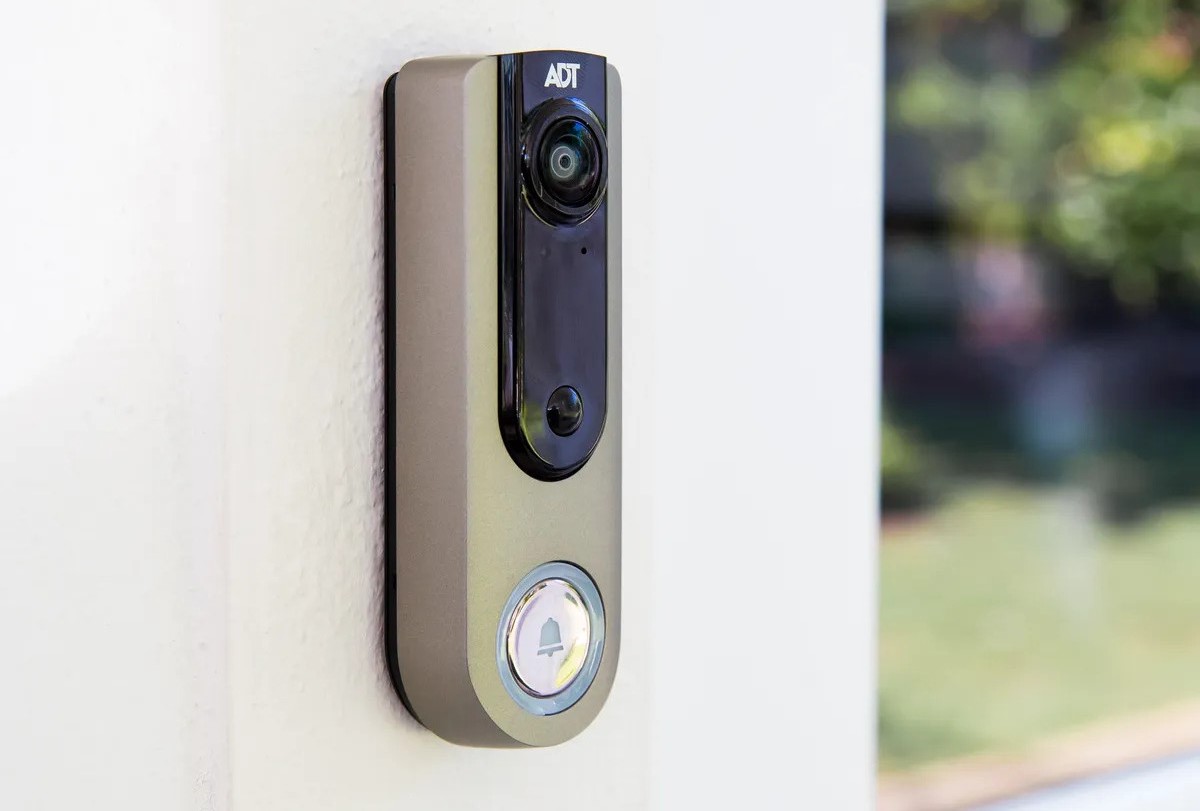

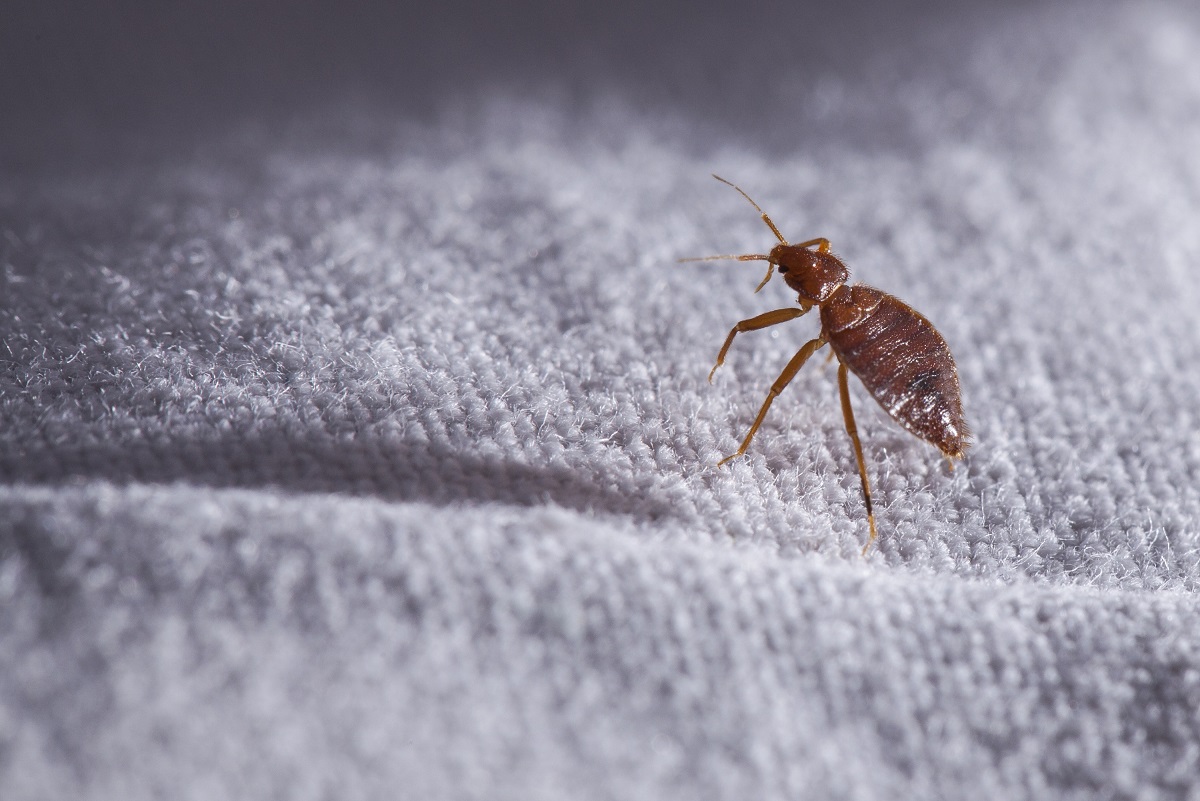



0 thoughts on “What Are The Little Red Mites On My Patio”